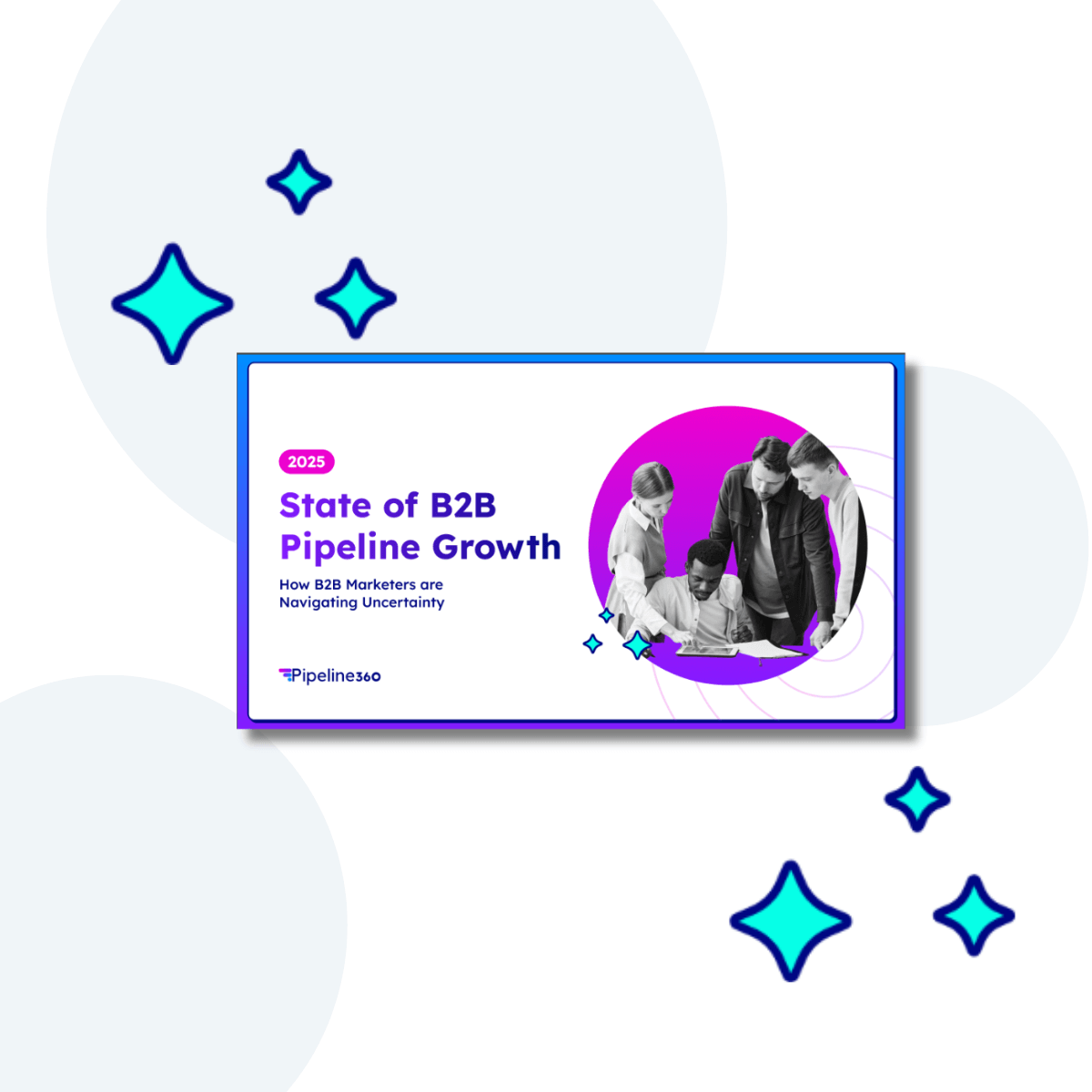There is a lot of truth to the saying that “everything old is new again.” We see this over and over again. Cottage cheese, a diet food darling of the 1950s is having a new moment in popular recipes. Check out Instagram and you’ll see that current fashion is being driven by a nostalgia for the 1990s and Y2K looks. And the color pink – last trending in the 1980s – is taking center stage on the heels of “Barbie” mania.
We see this cycle in B2B marketing mix preferences too. Direct mail staged a modest come-back during the pandemic. Live events, shut down for three years, are bouncing back. Email, a mainstay of B2B marketing, is experiencing a downturn due to overuse. And then there is content syndication.
When you mention content syndication to most B2B marketers, you don’t get an enthusiastic response. In fact, many marketers react with some version of, “Ugh. I don’t like using content syndication in my mix, because the leads I get from it are terrible.” But, given the accelerating changes in B2B buying behavior, it’s time to take a fresh look at content syndication programs as part of a healthy marketing mix.
Content syndication goes where the buyers are
There is no disputing the fact that B2B buyers are in charge and that the buying experience matters. According to recent industry data, the already complex B2B journey is only getting harder. Consider that:
- B2B buying is a team sport. The idea that you are going to find a single, individual purchaser for your company’s offerings is dead. According to Forrester Research, 94% of B2B purchases over the threshold of $5000 are made by a buying group. And the size of buying groups varies. Forrester data shows that over 80% of B2B purchases are made by complex buying groups comprised of three to nine people; 38% of suppliers sell to groups of 10 or more people.
- More is more in the buying journey. According to McKinsey, B2B buyers now regularly use 10 or more channels to interact with suppliers. This is up from five channels on average in 2016. Not only that, but the average number of buying interactions needed to complete a single buyer’s journey has dramatically increased. Forrester data shows that the number of interactions has grown from an average of 17 to 27 touches between 2019 and 2021.
- Buyers want to be left alone. Buyers are increasingly conducting independent research for purchase decisions. Self-guided interactions now make up the majority of total buyer interactions. In Forrester’s Q3 2022 Buying Motions study, 65% of B2B decision makers stated they are unwilling to share contact information with suppliers as they don’t want salespeople reaching out, they don’t want to receive vendor emails, and they don’t want their information used for any marketing purposes.
What this means for marketers is that many preferred tactics no longer work for today’s buyer journeys. B2B marketers need to adapt and to shift their attention to where buyers are these days. And that is increasingly on third-party web sites including business and industry publications, review sites, and online communities. How do you effectively reach buyers in these places? Through content syndication.
Content syndication benefits & considerations
Content syndication is a marketing strategy that involves republishing your company’s content on other platforms versus simply publishing on your owned sites. A variation of content syndication involves using publisher databases to send content directly to specified buyer personas. Syndication allows you to distribute your content to new and larger audiences. It maximizes the investment you make in existing content development and is a simple and cost-effective way to engage with target buyers.
Content syndication works best when you use credible, quality content that speaks to the needs of your target buyers, rather than being solely focused on your company and its offerings. Top examples of preferred content for syndication include third-party analyst reports, relevant articles, topical blog posts, customer case studies, and applicable eBooks or infographics. Above all, content used in syndication should convey a story that engages and resonates with your different buyer personas.
Finally, content syndication, like other tactics, gets better with smart targeting. You can do more with content syndication than simply share general awareness content to a broad population of buyer personas. Other approaches include:
- Pair content syndication with ABM. If you are doing account-based marketing, you can apply your target account list to content syndication to improve results. Instead of syndicating content to a broad universe of prospects, just share content with buyers at your ideal customer profile accounts. This allows you to spot early buying signals and identify members of relevant account buying groups.
- Target all journey stages. Syndication can be used to share content for the entire buyer journey, not just early awareness. Marketers should map content topics according to personas and buyer stages. Further optimize content by segmenting it by industries, regions, customer use cases, etc. to ensure that potential buyers receive the right depth and breadth of information for their journey. This allows you to use content syndication (along with other tactics such as intent data and display advertising) to reach buyers at all stages.
- Brand amplification. When used strategically, content syndication enhances company brand visibility and authority. By leveraging reputable syndication platforms and carefully selected publishing partners, businesses can ensure that their content is showcased in relevant and credible environments. This targeted exposure increases brand visibility and also positions the business as a thought leader, especially when paired with compelling, quality content.
But what about the leads generated from content syndication?
Let’s go back to the concern that B2B marketers have about the quality of content syndication leads. “They’re terrible,” marketers say, “They don’t convert when we hand them over to the SDRs for follow-up.” This is utter nonsense. This issue isn’t with the content syndication leads; the issue is with the follow-up.
Numerous studies have demonstrated the effectiveness of content syndication in attracting high-quality leads. For example, Demand Gen Report revealed that 70% of B2B buyers engage with a minimum of four or more pieces of content before making a purchasing decision. Furthermore, reputable content syndication platforms employ lead verification and qualification to ensure that syndication leads meet specified criteria such as job title, industry, and buying intent. By leveraging these platforms, businesses can access a pool of high-quality leads.
The fundamental issue is assuming that a single lead, regardless of the source, is fully qualified and ready for sales hand off. This is akin to going on a first date and expecting the other person to show up with a ring in their pocket. It’s not going to happen. Any lead is simply an expression of interest on behalf of an individual. This is why B2B marketers invest in technologies for lead scoring and nurturing. If a buying journey now takes an average of 27 interactions across multiple buying group members, then a single lead is simply one step in the process. And content syndication is a significant source of those leads.
It’s time to go retro and revisit content syndication. Grab the cottage cheese, put on some hot pink, and check out the references that Pipeline360 has developed including “Why You (Still) Need Content Syndication in Your Marketing Mix,” and “Best practices for content syndication follow-up.”





